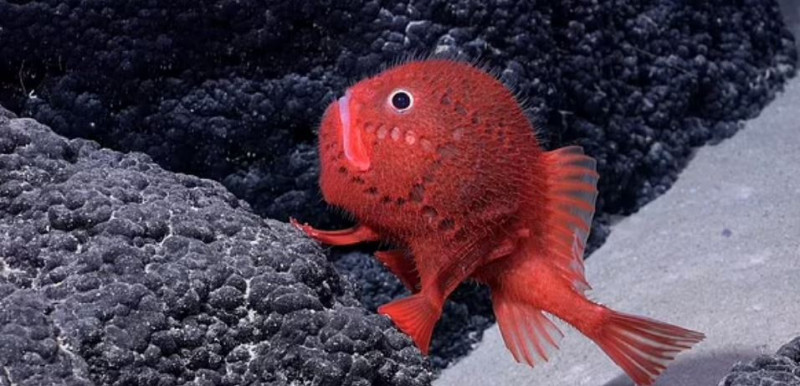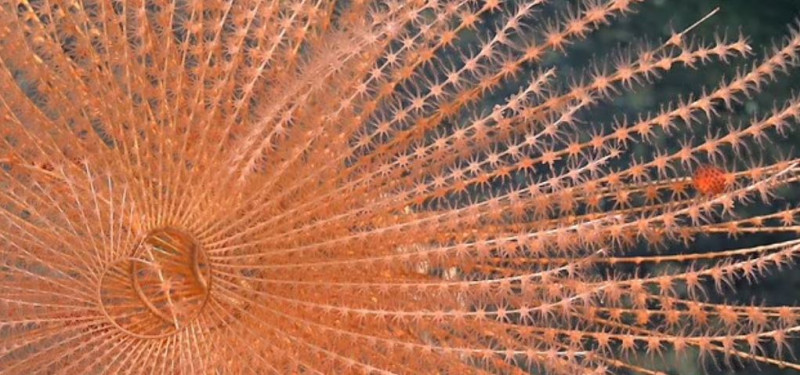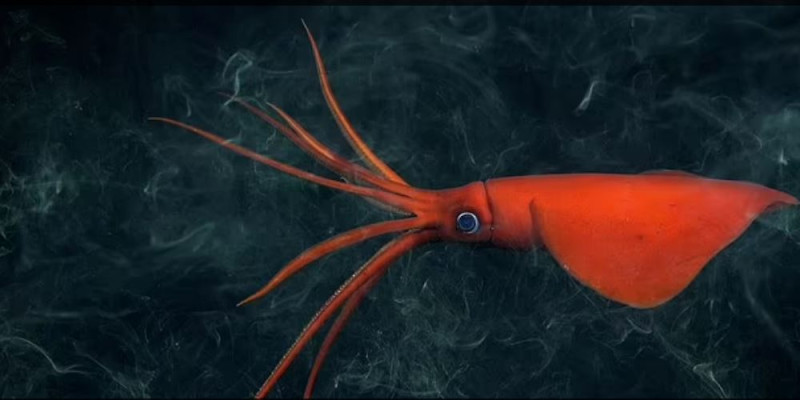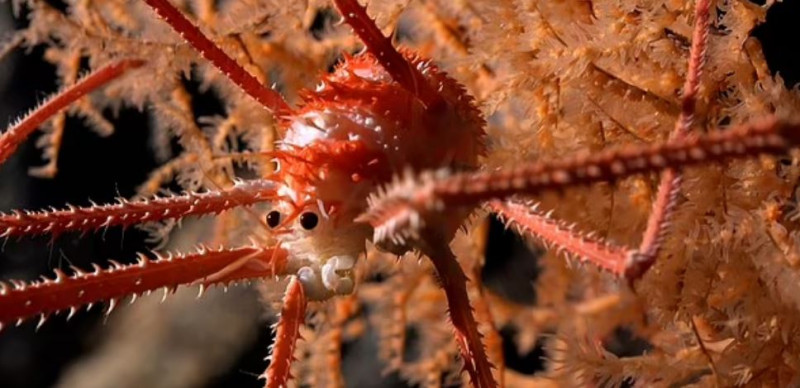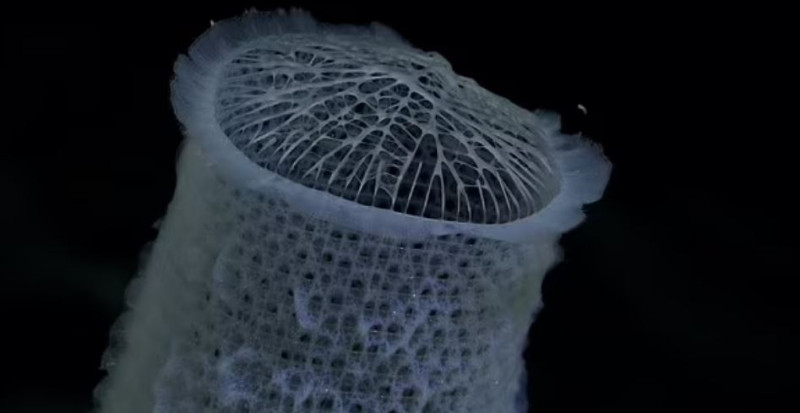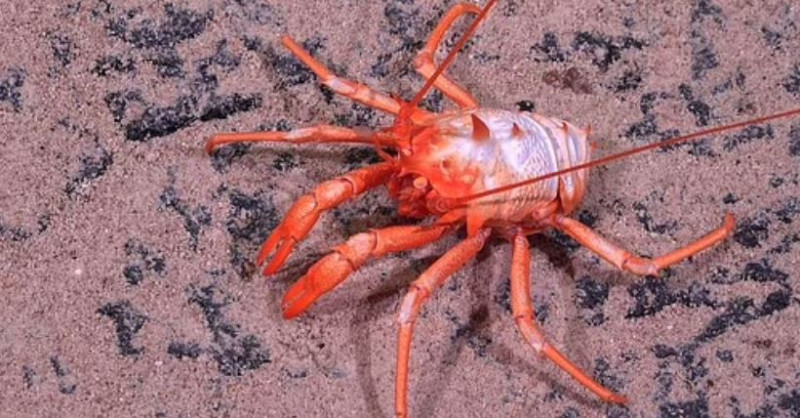Off the coast of Chile, scientists found themselves in front of a huge undersea mountain that is home to a number of strange marine species
More than 100 new species have been discovered in an exploration that revealed a massive seamount off the coast of Chile.
One of the most unexplored mysteries remains the ocean for scientists as although it covers 70 percent of the Earth’s surface, only 5 percent has been explored.
In a new discovery scientists exploring the waters off the coast of Chile found themselves in front of a huge undersea mountain that is home to a number of weird and wonderful creatures.
From deep-sea corals to lobsters, experts from the Schmidt Ocean Institute believe more than 100 new species could be lurking down there.
“We far exceeded our hopes on this mission,” said Dr. Javier Selanes, who led the mission.
“You always expect to find new species in these remote and underexplored areas, but the amount we found, especially for certain groups like sponges, is staggering.”
The team discovered the new mountain when exploring the Salas y Gomez ridge. This 1,800-mile underwater mountain range includes more than 200 mountains that stretch from offshore Chile to Easter Island.
Using an underwater robot, the scientists were able to descend to a depth of 4,500 meters.
There, they mapped a total of 52,777 square kilometers of the sea floor, discovering four new seamounts, each with its own distinct ecosystem.
The tallest of these seamounts, which the team informally named Solito, is 3,530 meters tall, more than four times the height of the world’s tallest building, Dubai’s Burj Khalifa.
While the new creatures have yet to be officially named and identified, they were captured on camera by the underwater robot.
A bright red fish known as Chaunax was spotted at a depth of 1,388 meters, while Oblong Dermechinus urchins were found at 516 meters.
A strange lobster was spotted on coral at a depth of 669 metres, while stunning photos show a rarely seen squid at 1,105 metres.
Other new creatures discovered during the dive include a web-like sponge, a spiral coral and a spiny sea urchin.
“Full identification of species can take many years,” said Dr. Jyotika Virmani, Executive Director of the Schmidt Ocean Institute.
“Dr Sellanas and his team have an incredible number of samples from this stunningly beautiful and little-known biodiversity hotspot.”
“The Schmidt Ocean Institute is a partner with the Nippon Foundation – Nekton Ocean Census Program, which has set a goal of finding 100,000 new marine species over the next ten years.
Source: Skai
I have worked as a journalist for over 10 years, and my work has been featured on many different news websites. I am also an author, and my work has been published in several books. I specialize in opinion writing, and I often write about current events and controversial topics. I am a very well-rounded writer, and I have a lot of experience in different areas of journalism. I am a very hard worker, and I am always willing to put in the extra effort to get the job done.


